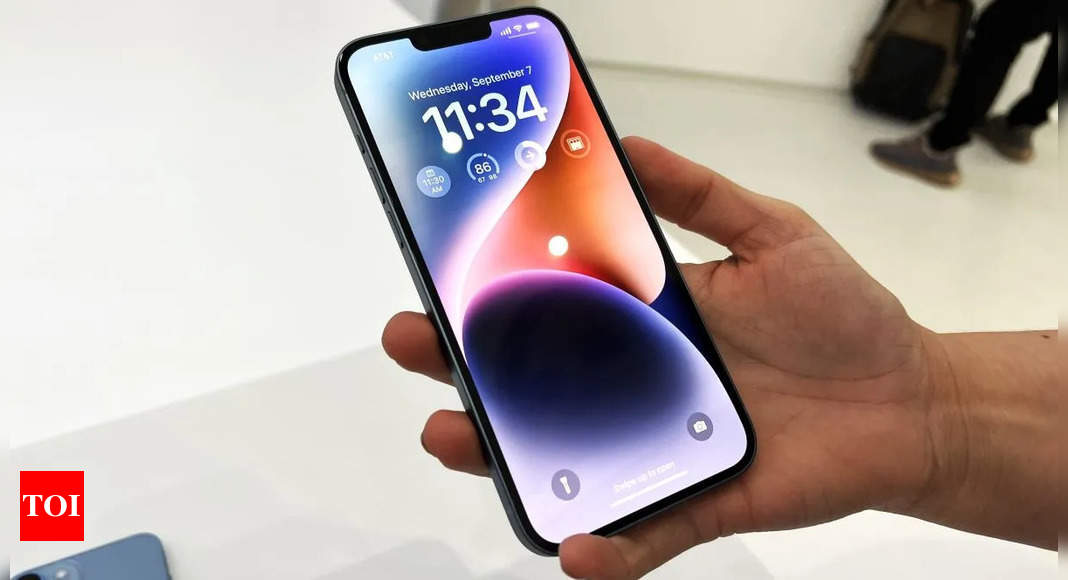
Google allows its users to sideload apps on its mobile operating system Android. This feature helps Android users to install third-party apps from outside the built-in app store(the Google Play Store). However, this feature has caused some issues as some of the third-party app stores can include apps with malicious code. Meanwhile, iPhone maker Apple didn’t allow its users to download apps outside of the App Store.After facing new European Union regulations (specifically the Digital Markets Act, which takes effect in 2024), the company has reportedly decided to allow users to sideload apps in iOS. Rumours claim that Apple may allow iPhone users to sideload apps with the upcomingiOS 17.2 update.
According to a report by the Independent, Apple is “working hard to break into its own iPhones.” In an interview, Ivan Krstić, Apple’s head of security engineering and architecture, explained why Apple feels the need to invest so heavily in security. Krstić also addressed the possibility of Apple opening up the iPhone to third-party app stores and allowing sideloading due to impending regulation in the EU.
The report explains that even if Apple allows its users to sideload apps, the vast majority of users would still choose to use the App Store. Sideloading will be available as a separate choice for those who choose to take advantage of it. In such scenarios, the end-user wouldn’t be able to download the required app from the App Store. Instead, they would be forced to use a third-party system – which Apple believes would not be as secure as the App Store.Apart from Krstić, Apple executive Craig Federighi has also spoken out against sideloading. In a speech, Federighi referred to sideloading as a “cybercriminal’s best friend.” In an interview at WWDC 2023, Federighi acknowledged that Apple could have no choice but to comply with EU regulations on sideloading and third-party app stores.
Read what Ivan Krstić has to say
“That’s a great misunderstanding – and one we have tried to explain over and over. The reality of what the alternative distribution requirements enable is that software that users in Europe need to use – sometimes business software, other times personal software, social software, things that they want to use – may only be available outside of the store, alternatively distributed. In that case, those users don’t have a choice to get that software from a distribution mechanism that they trust. And so, in fact, it is simply not the case that users will retain the choice they have today to get all of their software from the App Store. We do not see ourselves as set against governments. That is not what any of this work is about. But we do see ourselves as having a duty to defend our users from threats, whether common or in some cases, truly grave.”
